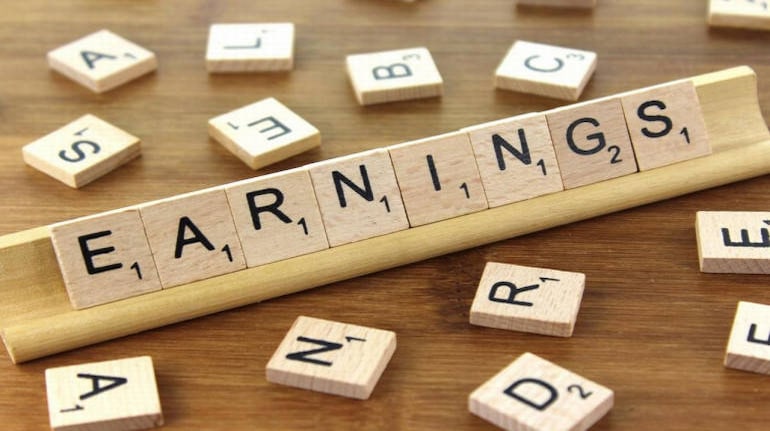Once the economy broadly opens up, the governments’ agenda should also include restoring top line of different economic agents
As one drives past the numerous retail outlets of discretionary spending, the most common hoarding flashed is ‘End of Season Sale’, ‘Buy 3 and get 2 Free’, ‘Flat 50% off’, among others. As the Indian economy gradually opens up, the shopkeepers are scrambling to make up the foregone revenue witnessed in the first quarter of fiscal 2021.
However, the concern of fall in revenues is not peculiar to retail outlets, but is hurting everyone from individuals to the government owing to the interconnected nature of the economy.
To put this into perspective, the top-line of around 600 companies, excluding banks and finance entities (which have released quarterly results till August 17), have recorded a YoY drop of almost 34 percent in the first quarter of FY21. This has consequently affected the earnings of employees working in these companies.
An article from Mahesh Vyas, Managing Director and CEO of Centre for Monitoring Indian Economy, points out that the wage bill of 1,560 companies has seen a YoY growth of meagre 2.9 percent, which is the lowest since 2002. Although there is a stark difference across industries, the common pattern highlighted is the steep fall of 7 percent in the wage bill of manufacturing sector entities while employees in some services sector sub-industries such as tourism, hotels, and restaurants have a sword dangling either on their job or payslip.
Subdued economic activities and debilitated growth in wages has also translated into lower revenues for the governments. The CGST (-53 percent), personal income tax (-36 percent), corporate income tax (-23 percent), customs (-61 percent) collections have dwindled in the first quarter of the current fiscal. This in turn has led to the fiscal deficit of the central government widening by 53 percent in Q1-FY21 from corresponding period last year.
The critical yardstick which has been severely impacted for various economic agents is the ‘top line’ of various businesses having subsequent repercussions on employees and government via lower wages and taxes respectively. However, what is important to note is the first line of response from both the government and the Reserve Bank of India (RBI), although appropriate, has been targeted on easing liquidity conditions, granting forbearance to avoid defaults, ease working capital complications by deferring tax dues and minimisation of net losses of the corporates by lowering cost of borrowings.
However, as the economy broadly opens up, there is an urgent need to reorient our focus to the top line of both the individuals and business entities. First, the government needs to focus on creating job opportunities even in the urban set-up, just like the rural MGNREGA to boost individual sentiments. Three numbers from the RBI’s Consumer Confidence Survey provide insights on this. The 1-year ahead expectation from 5,342 urban households for employment (10.4 v/s 30.3), income (26.3 v/s 44.5) and non-essential spending (-17.7 vs 34.6) is notably lower than the pre-COVID average.
Second, capital expenditure of the government which grew by 18.8 percent in Q1-FY21 needs to be continued and support from Central Public Sector Enterprises (CPSEs) needs to be strengthened as both will facilitate employment and revenue-based linkages for key sectors.
Third, expediting bilateral free trade agreements will support exporters’ top line especially when global trade is expected to contract by 13-32 percent in 2020 as per WTO (April estimate) and exporters expecting notable fall in benefits under the Merchandise Exports from India Scheme (MEIS). India’s export growth is moderately correlated with world GDP growth, and India has recorded a strong CAGR export from 2012 to 2019 with trading partners such as Bangladesh, China, Vietnam, Nepal, and Malaysia, which also recorded robust CAGR GDP.
On the other hand, the CAGR export (2012-19) with trading partners such as the European countries, Japan, Saudi Arabia, Hong Kong, and Brazil have been lacklustre, partially owing to subdued CAGR GDP of these countries during the same period. However, the United States and Mexico have been exceptions to this.
Vivek Kaul points out that India’s exports to the neighbouring countries accounts for only 7 percent of the total export basket. Therefore, the focus on reviewing India-ASEAN FTA and fresh agreements with India’s neighbours, with economies expected to grow rapidly (post-COVID-19) and also with economies recently recording faster export growth is essential.
Lastly, a move towards a streamlined GST rate structure in the immediate future will directly ameliorate working capital for businesses, and could indirectly push consumers towards discretionary spending with lower tax burden. Nonetheless, the broader structural reforms to alleviate the deeply entrenched issues of various facets of the India economy cannot be undermined. The issues surrounding bottom line and cash flow mismatches have been already looked into and the above aspects about the top line of everyone should be on the government’s agenda as the Indian economy largely opens up.
Sushant Hede is Associate Economist, CARE Ratings. Views are personal.







